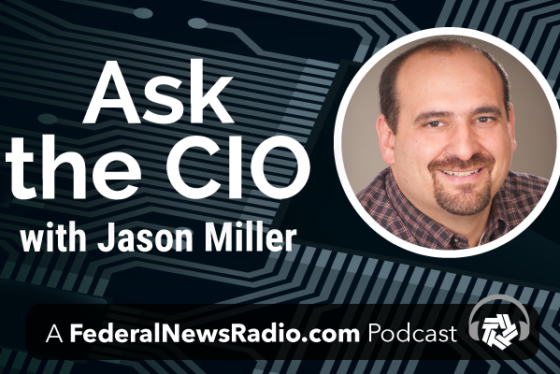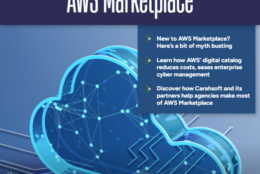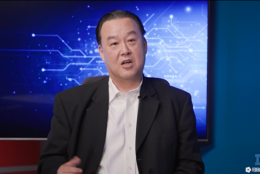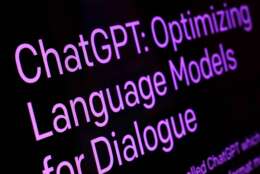Hubbard Radio Washington DC, LLC. All rights reserved. This website is not intended for users located within the European Economic Area.
On Air: Federal News Network
Artificial Intelligence
-
The new emerging technology prioritization framework will help determine which generative AI tools need to be pushed to the front of the line for approval.
June 27, 2024 -
The true cost of AI encompasses a range of factors beyond just the initial investment in hardware and software.
June 25, 2024 -
Homeland Security Secretary Alejandro Mayorkas says DHS has received more than 6,000 “expressions of interest” in joining the AI Corps.
June 25, 2024 -
The DoD study comes as Congress presses the Biden administration for progress on efforts to streamline classification and declassification.
June 24, 2024 -
Agencies that oversee critical infrastructure are developing new sector risk management plans, with cybersecurity continuing to be a high priority.
June 20, 2024 -
IBM provided its own grounds for testing and developing a set of AI tools. It can help client organizations avoid some of the initial mistakes.
June 18, 2024 -
Some members of Congress want to make sure the government is able to keep tabs on AI developments and react accordingly.
June 14, 2024 -
While impersonation scams are not new, the trend has been further accelerated and made more successful due to advancements in generative AI technology.
June 14, 2024 -
The Biden administration is showcasing AI work that’s already underway at a dozen federal R&D agencies.
June 13, 2024 -
The Maximus cloud expert offers how to use FinOps to manage cloud costs not stymie innovation.
June 13, 2024 -
NIPRGPT, a ChatGPT-like tool, will allow airmen, guardians and civilian employees to use the technology for tasks like coding and content summarization.
June 11, 2024 -
Data scientists are essential as policymakers shape legislation around AI
June 11, 2024 -
Rob King, the chief data officer at the Energy Department, said a new data strategy and implementation plan will set the tone for using AI in the future.
June 10, 2024
ASK THE CIO

THURSDAYS @ 10 & 2 p.m.
Weekly interviews with federal agency chief information officers about the latest directives, challenges and successes. Follow Jason on Twitter. Subscribe on Apple Podcasts or Podcast One.
















